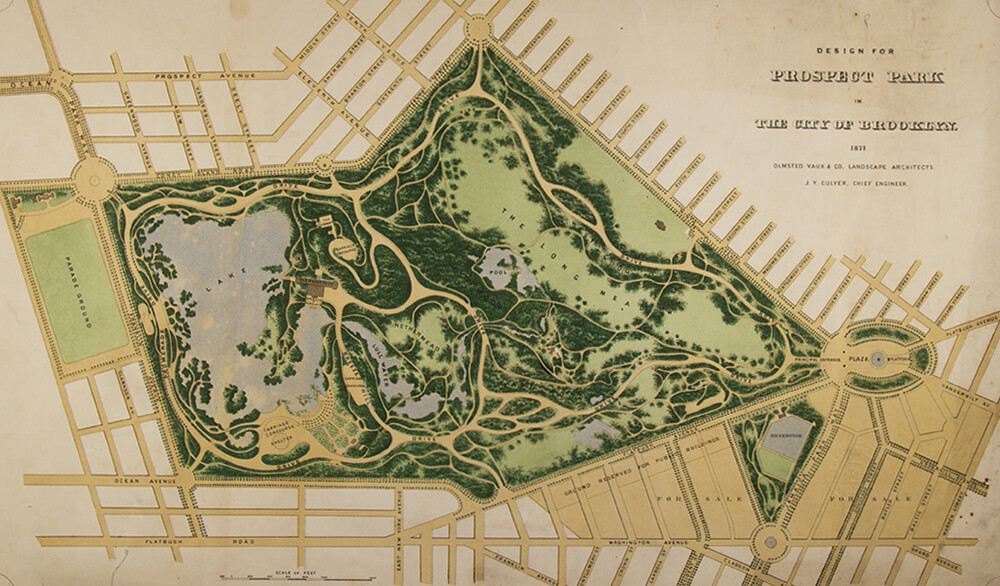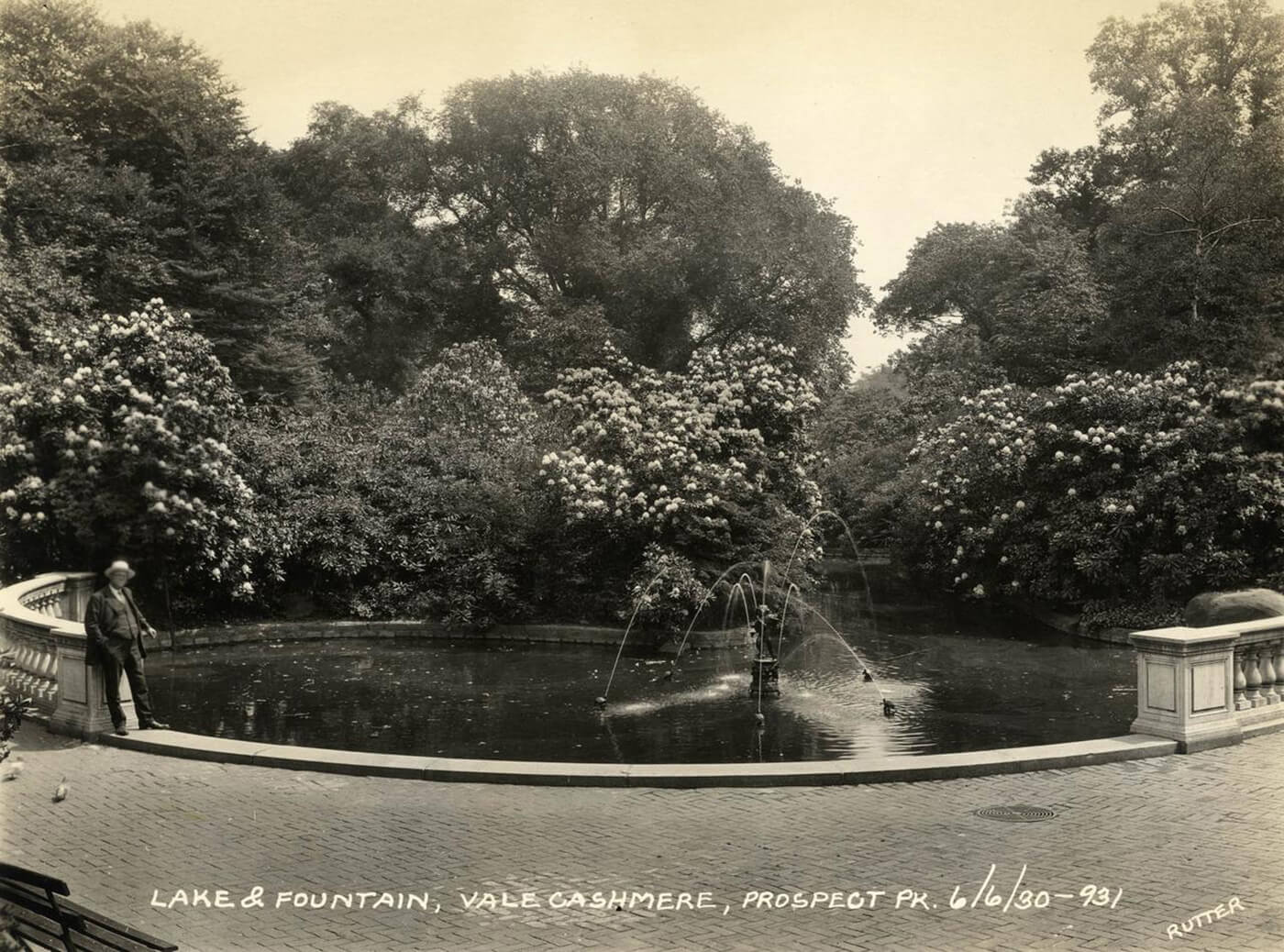How Prospect Park's Gardens, Groves and Villas Got Their Names
Prospect Park serves as a respite for Brooklynites and tourists alike — yet many see its rolling hills and flowering gardens as a single mass, without knowing the names of the individual lawns. And of those who do know the names of the park’s lawns, even fewer know the meanings behind them.

Prospect Park serves as a respite for Brooklynites and tourists alike — yet many see its rolling hills and flowering gardens as a single mass, without knowing the names of the individual lawns. And of those who do know the names of the park’s lawns, even fewer know the meanings behind them.
The titles of Prospect Park’s main spaces and secluded corners allude to the past of both Brooklyn and the world, from the gardens of India to a railroad magnate and a local bookworm.

Drummer’s Grove
In a southeastern corner of Prospect Park is the Drummer’s Grove, a popular meeting point for percussion enthusiasts. According to NYCGo, the grove culture was instilled by a group known as the Congo Square Drummers in the late 1960s. Eventually the Parks Department added seating in the area for drummers and listeners.

Vale of Cashmere
Designed to evoke the gardens of India, the Vale of Cashmere is a heavily wooded area off the park’s beaten path. Lush with a pool and gardens, the Vale is named for Thomas Moore’s 1817 romance poem series Lalla Rookh, which contains the line, “Who has not heard of the Vale of Cashmere/With its roses the brightest that earth ever gave.”
https://www.instagram.com/p/4Mn51mmHnX/
Audubon Center
The Audubon Center at the Boathouse — also known as the Prospect Park Boathouse — is located at 101 East Drive, in the southeastern portion of the park next to the Lullwater, which flows into the Prospect Park Lake. One of New York’s first historic landmarks, the Audubon Center is named for John James Audubon, a renowned naturalist and painter. Following a multimillion-dollar renovation, the building, renamed in Audubon’s honor, reopened to the public on April 26, 2002, which would have been his 217th birthday.
https://www.instagram.com/p/BG4qlrbyD1M/
Litchfield Villa
The Litchfield Villa is an Italianate mansion built at Prospect Park West and 5th Street in 1857 that is now part of Prospect Park. It is named for Edwin Clark Litchfield, the villa’s original tenant and a railroad and real estate magnate.
https://www.instagram.com/p/3mhRk9pgat/?tagged=litchfieldvilla
Nellie’s Lawn
Across Flatbush Avenue to the southwest of the Brooklyn Botanic Garden, off the East Drive is Nellie’s Lawn, a lush clearing and one of the park’s prime but lesser-known picnic spots. According to a 2001 Prospect Park guidebook by Richard J. Berenson, the spot is named for a local girl named Nellie who spent many a day reading under an elm that grew in the area. When Nellie passed, her friends hung a sign bearing her name on the trunk of the elm, and eventually it became official.
Related Stories
- Past and Present: The Lake in Prospect Park
- Building of the Day: Prospect Park Picnic House
- Would You Pay $2,538 a Month for This Luxury One-Bedroom South of Prospect Park?
Email tips@brownstoner.com with further comments, questions or tips. Follow Brownstoner on Twitter and Instagram, and like us on Facebook.





What's Your Take? Leave a Comment